Why are these leaves dying?
norwood1081
15 years ago
Related Stories

LAUNDRY ROOMSRoom of the Day: The Laundry Room No One Wants to Leave
The Hardworking Home: Ocean views, vaulted ceilings and extensive counter and storage space make this hub a joy to work in
Full Story
REMODELING GUIDESInterior Brick: Paint it or Leave It?
Here's how to know if covering that brick is a sin or solution
Full Story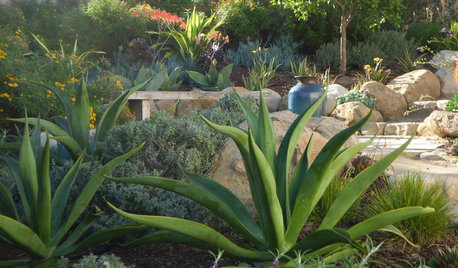
GARDENING GUIDESDecorate the Landscape With Versatile Agave
Beautiful, succulent leaves reach toward the sky, adding texture and beauty to the drought-tolerant landscape
Full Story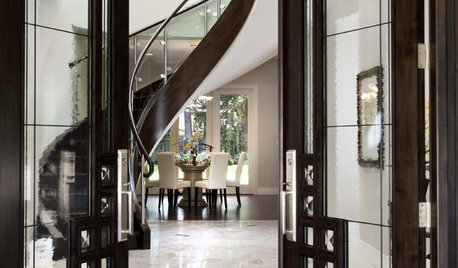
ROOTS OF STYLEArt Deco, Art Nouveau, Arts and Crafts: What’s the Difference?
If the zigzag and swirly designs of the past leave your head spinning, these descriptions will straighten you right out
Full Story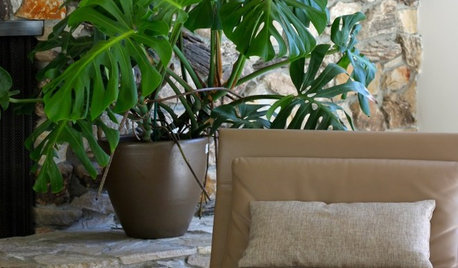
DECORATING GUIDESConjure a Jungle in a Pot
Sprawling, climbing and with primitive-looking leaves, philodendrons bring untamed beauty to even the most civilized homes
Full Story
FUN HOUZZ31 True Tales of Remodeling Gone Wild
Drugs, sex, excess — the home design industry is rife with stories that will blow your mind, or at least leave you scratching your head
Full Story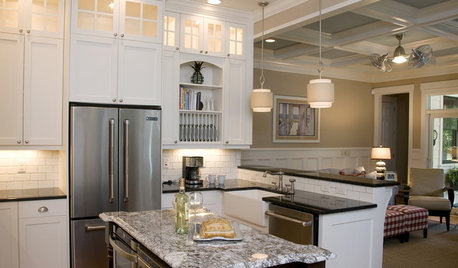
KITCHEN DESIGNStay Cool About Picking the Right Refrigerator
If all the options for refrigeration leave you hot under the collar, this guide to choosing a fridge and freezer will help you chill out
Full Story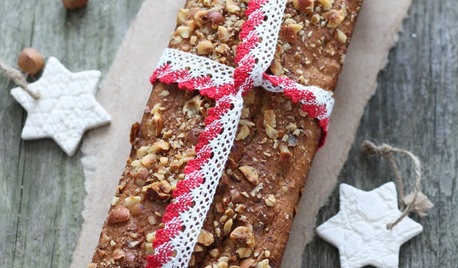
HOLIDAYS8 Ways to Really Slow Down and Savor the Holidays
Running amok to fit in holiday tasks can leave you frazzled and unfulfilled. Here's how to focus on what you enjoy most
Full Story
GARDENING GUIDESGot Frost-Damaged Plants? How It Happens, and When and How to Prune
Crispy brown leaves are a sure sign that Jack Frost has been to your neighborhood
Full Story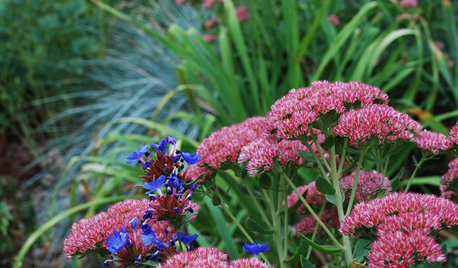
GARDENING GUIDESFall Is Calling: What to Do in Your October Garden
Get a jump on winter prep or just sit back and watch the leaves fall. The beauty of an autumn garden is in all the choices you have
Full StorySponsored
More Discussions



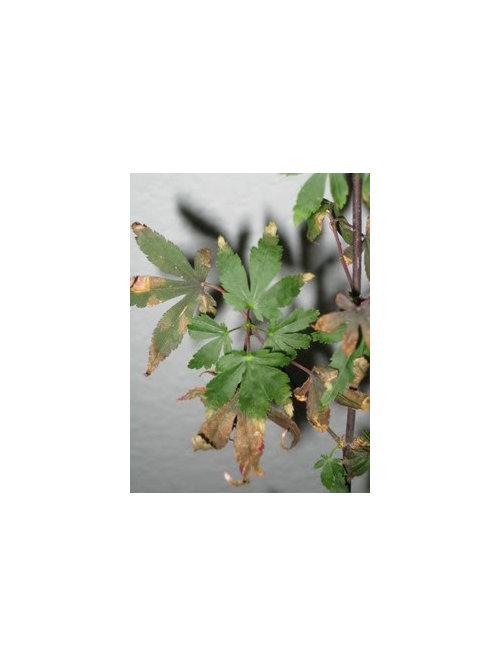
gardengal48 (PNW Z8/9)
norwood1081Original Author
Related Professionals
Seabrook Landscape Architects & Landscape Designers · Signal Hill Landscape Architects & Landscape Designers · Ashburn Landscape Contractors · Davis Landscape Contractors · Dudley Landscape Contractors · Edwardsville Landscape Contractors · Fort Mill Landscape Contractors · Glendale Heights Landscape Contractors · Wailuku Landscape Contractors · Anaheim Fence Contractors · Lexington Fence Contractors · Manorville Fence Contractors · Walnut Fence Contractors · Foster City Fence Contractors · La Mirada Fence Contractorsjean001
norwood1081Original Author
gardengal48 (PNW Z8/9)
norwood1081Original Author
norwood1081Original Author